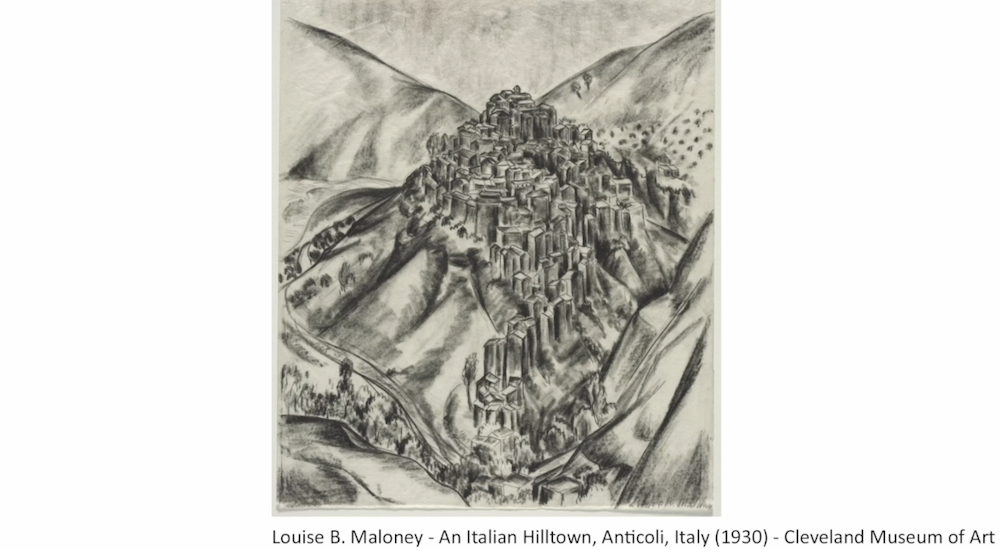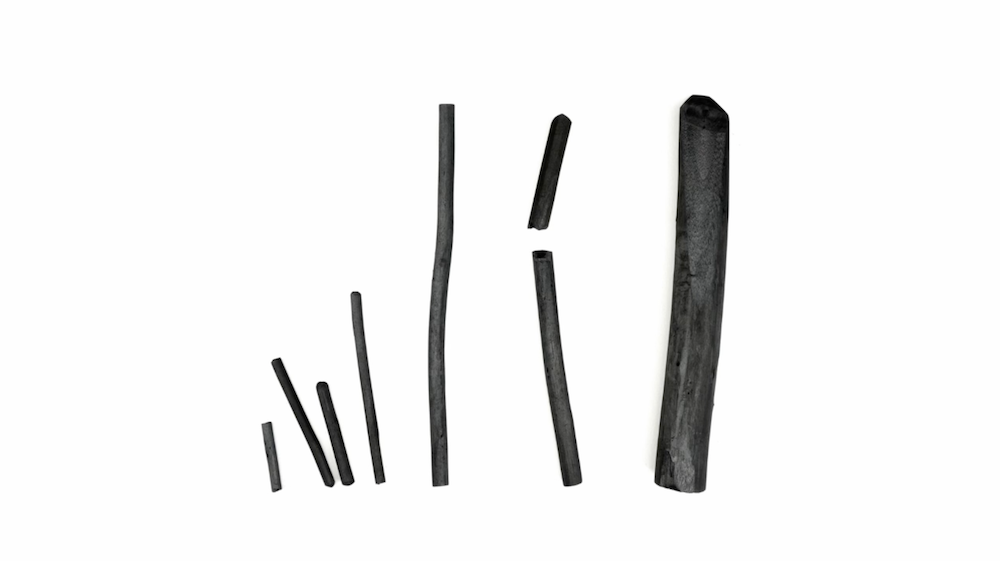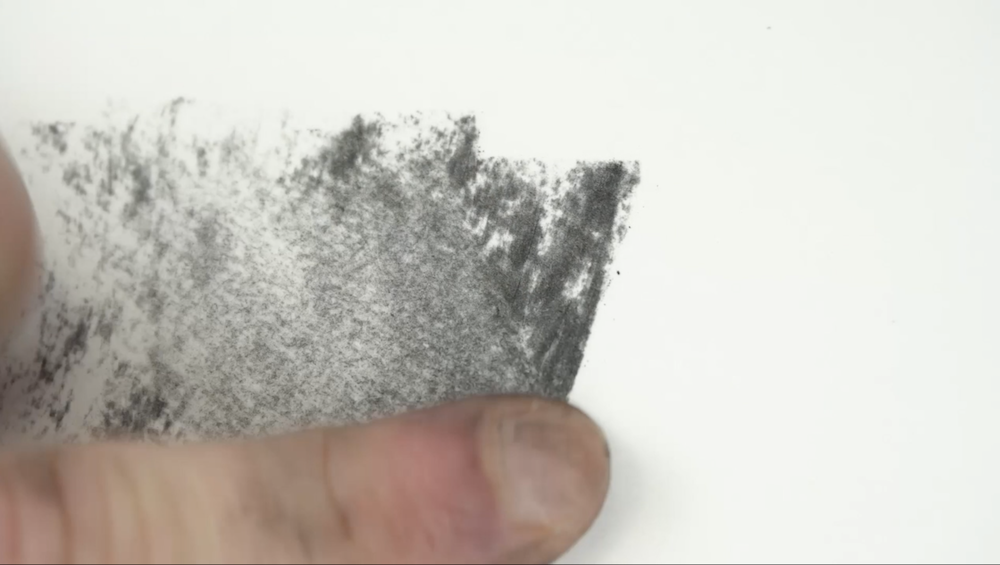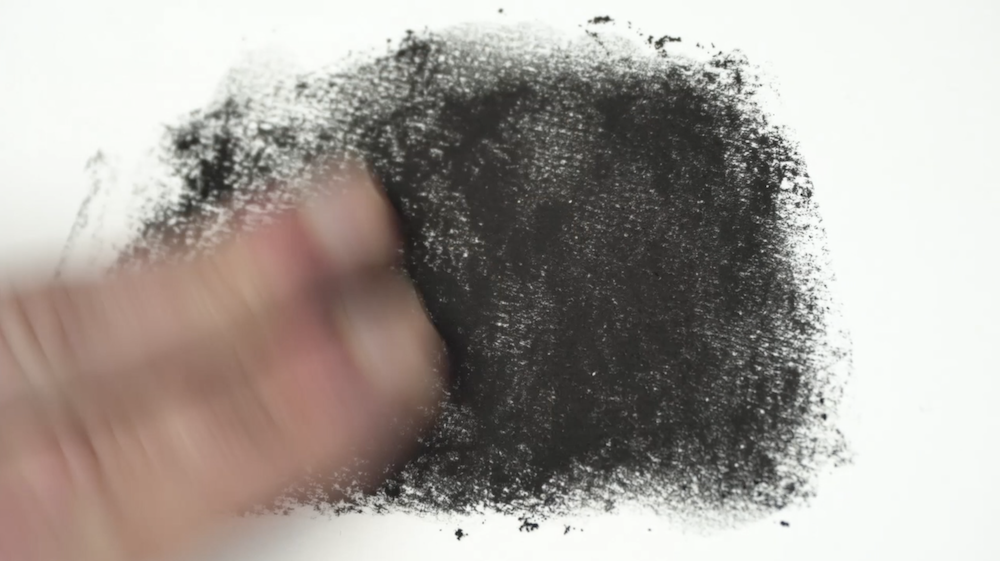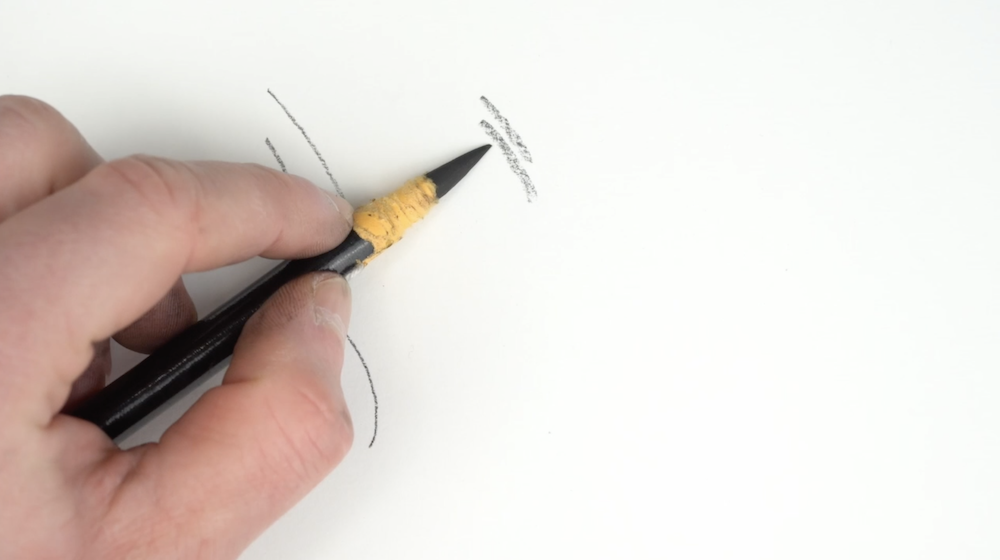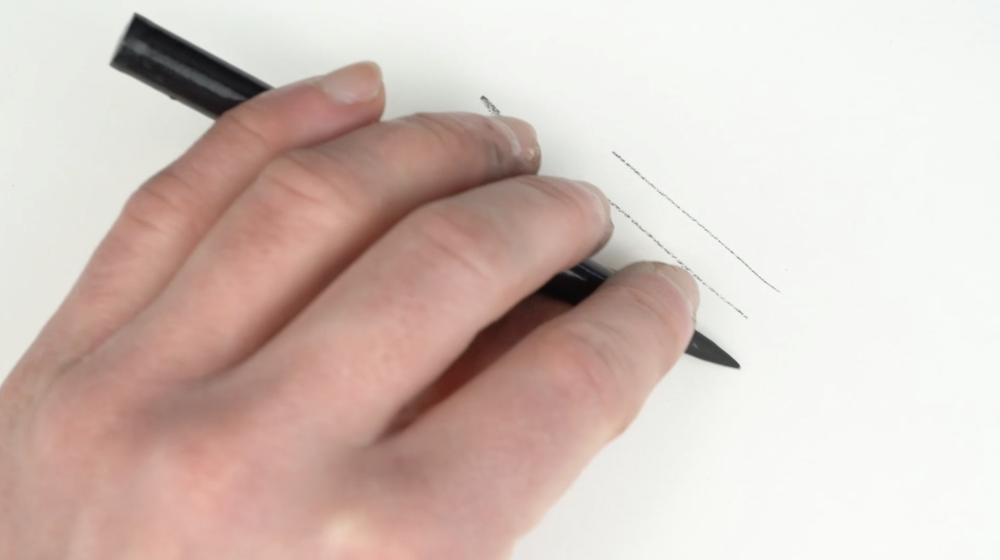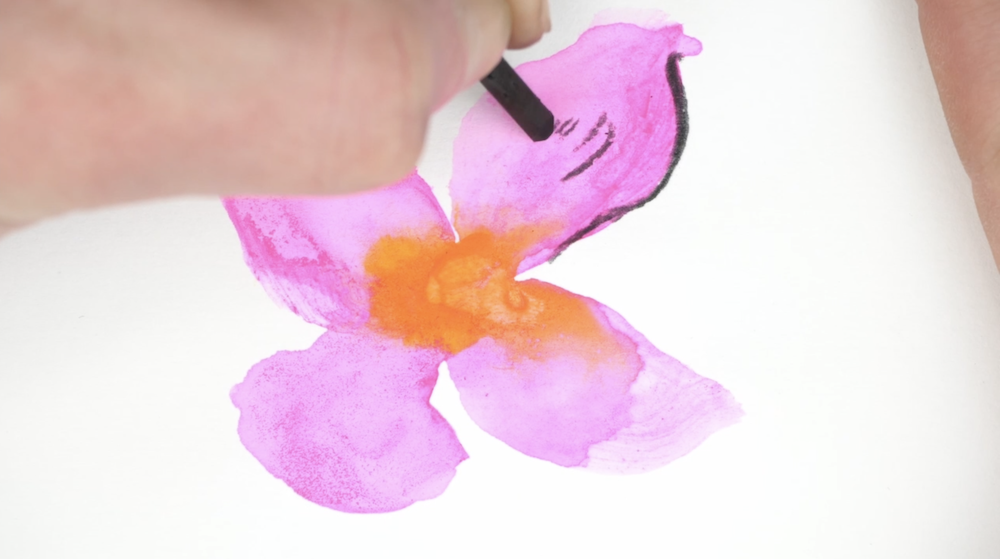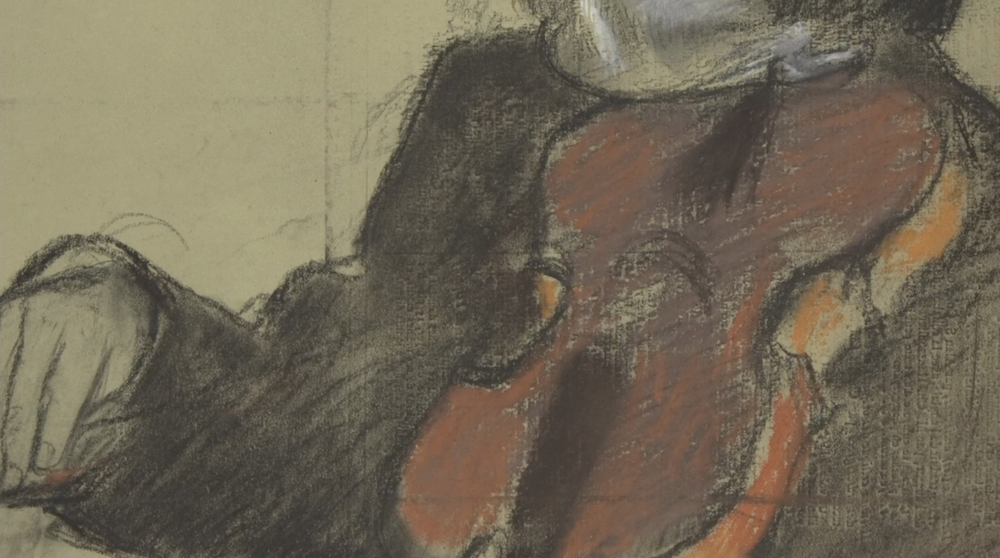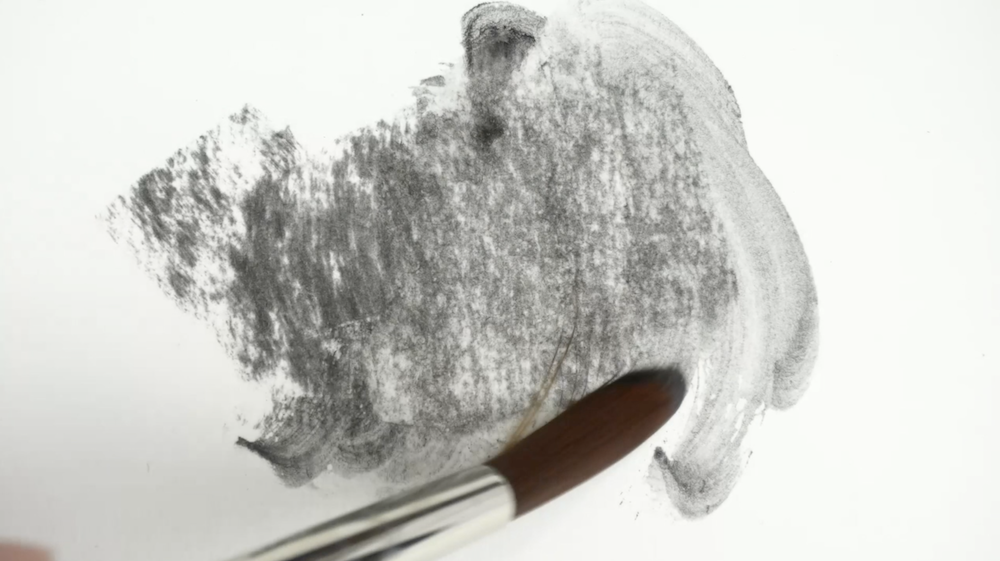Introduction to Charcoal
In this video artist and tutor Lancelot Richardson takes us through three types of charcoal: Willow, compressed and pencil. Watch this video to find out how different types of charcoal have different uses and can achieve a range of exciting and dynamic marks.
Charcoal is a black media made of carbon from burning wood and it comes in a few different forms. Common forms include willow charcoal, compressed charcoal, and charcoal pencils. (Left to right)
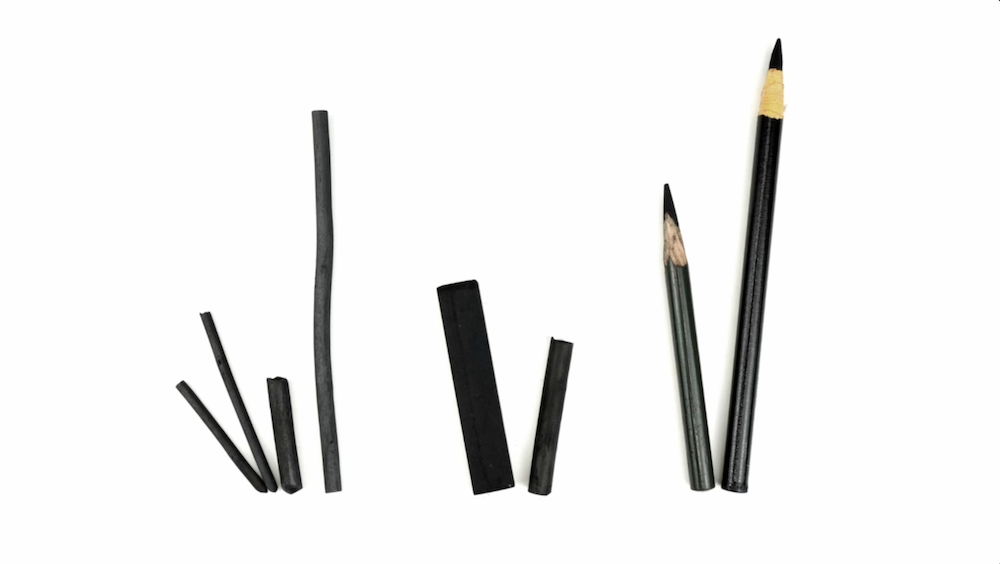 Charcoal does come in other forms, such as powder or inks.
Charcoal does come in other forms, such as powder or inks.
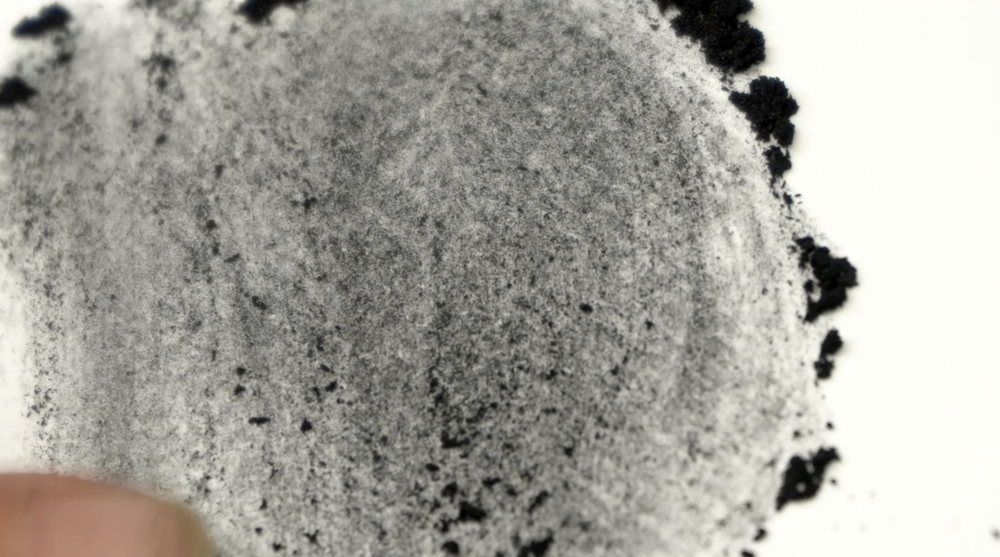 Charcoal is made by burning wood in a way that preserves its structure. This is done using a special kiln. Charcoal is one of the oldest drawing mediums and simple forms of charcoal have been found in cave art at around 30,000 years ago.
Charcoal is made by burning wood in a way that preserves its structure. This is done using a special kiln. Charcoal is one of the oldest drawing mediums and simple forms of charcoal have been found in cave art at around 30,000 years ago.
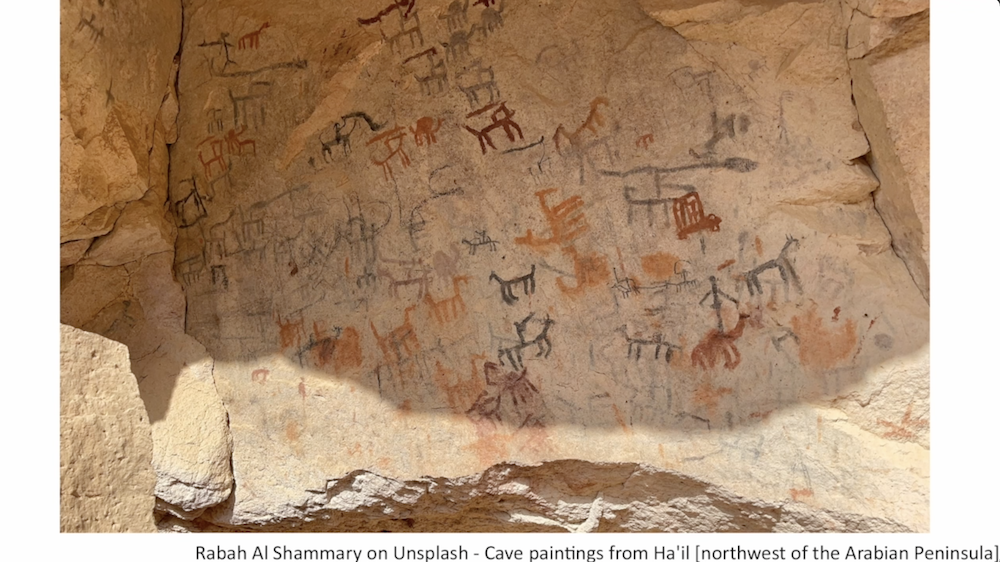 It has been used for drawing and creating sketches ever since, like this little sketch of a cup.
It has been used for drawing and creating sketches ever since, like this little sketch of a cup.
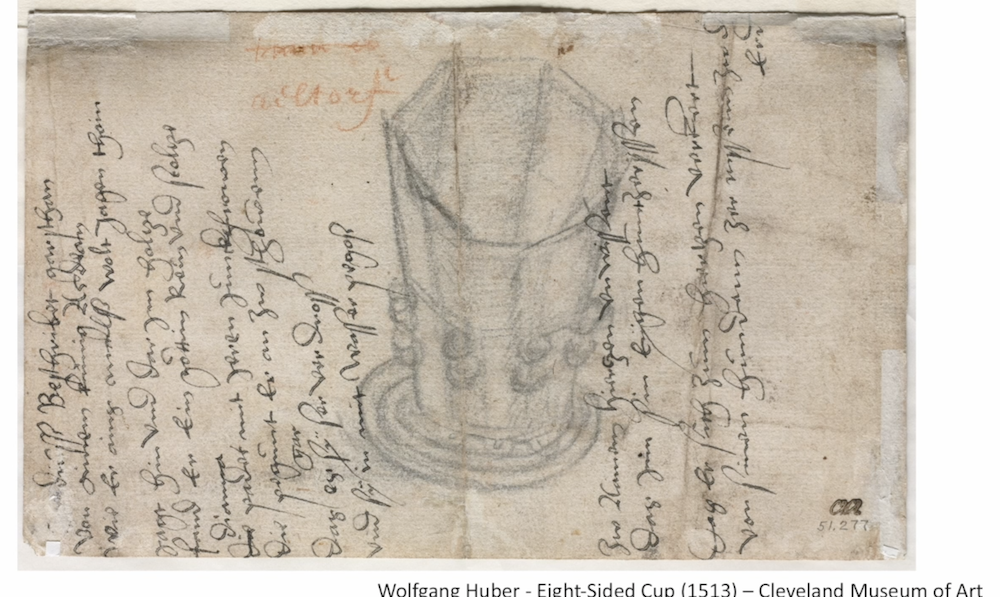
Charcoal is very versatile. It can make many different marks. It’s very malleable. It can be used for sketching or for bigger projects, like producing large drawings or creating planning sketches for our work.
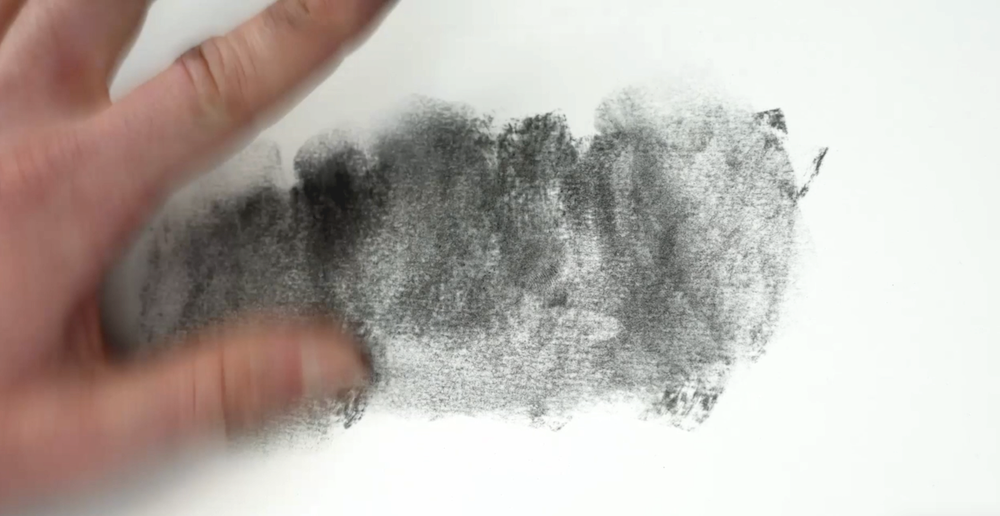
This planning sketch for a painting shows it is easy to change or add and remove elements. It will leave pale marks when it’s erased. Charcoal can potentially make really large marks and suits medium and large drawings in particular. It is also very dark, so it creates great contrast.
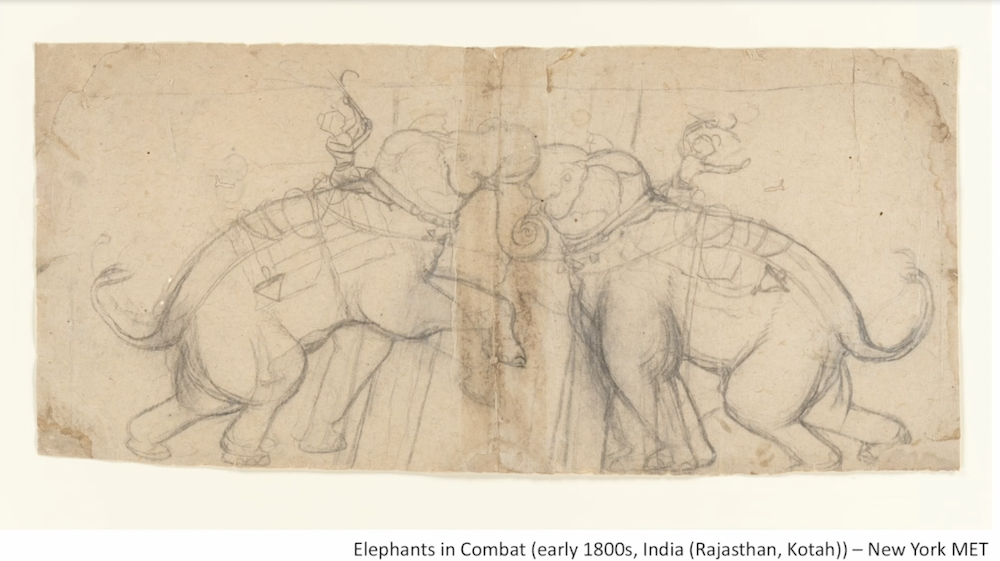
The three most common types of charcoal are willow charcoal, compressed charcoal, and charcoal pencils.
Willow Charcoal
Willow charcoal is made from sticks from the willow tree that are burned incompletely. We can sometimes still see it’s like a stick. It is very soft and malleable, so it’s really good for a wide range of uses, especially sketching. It’s much darker than a pencil, but it’s less dark than other forms of charcoal. We can create a lot of different marks with it, such as by using the tip, turning it on its side, and smudging as well. Because it’s made from sticks, it comes in lots of different thicknesses.
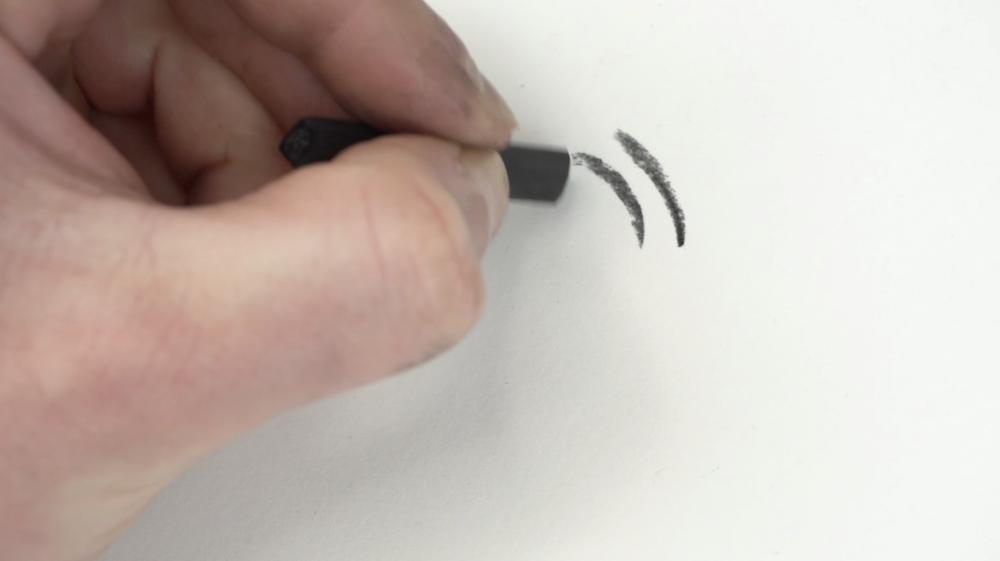
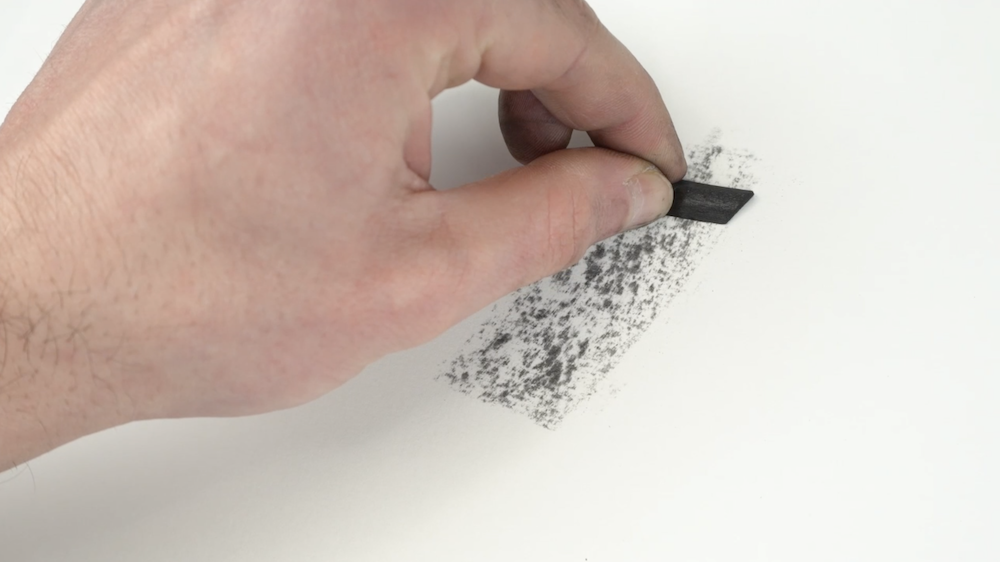
Compressed Charcoal
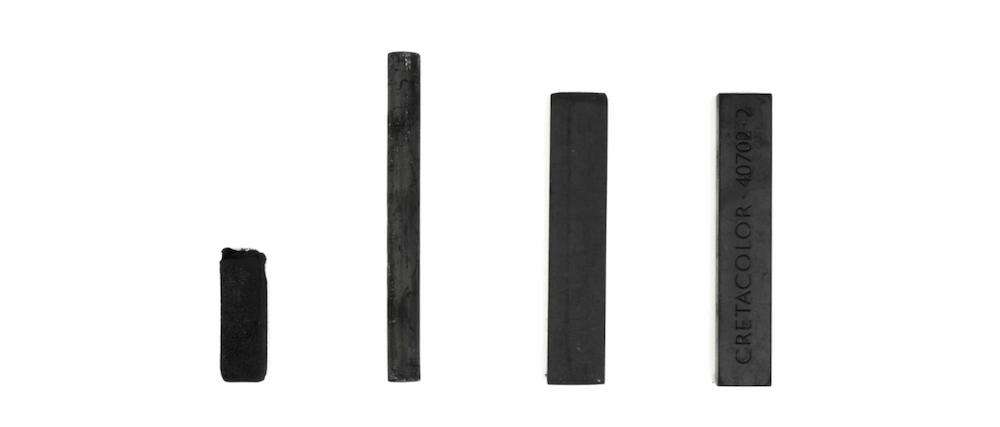
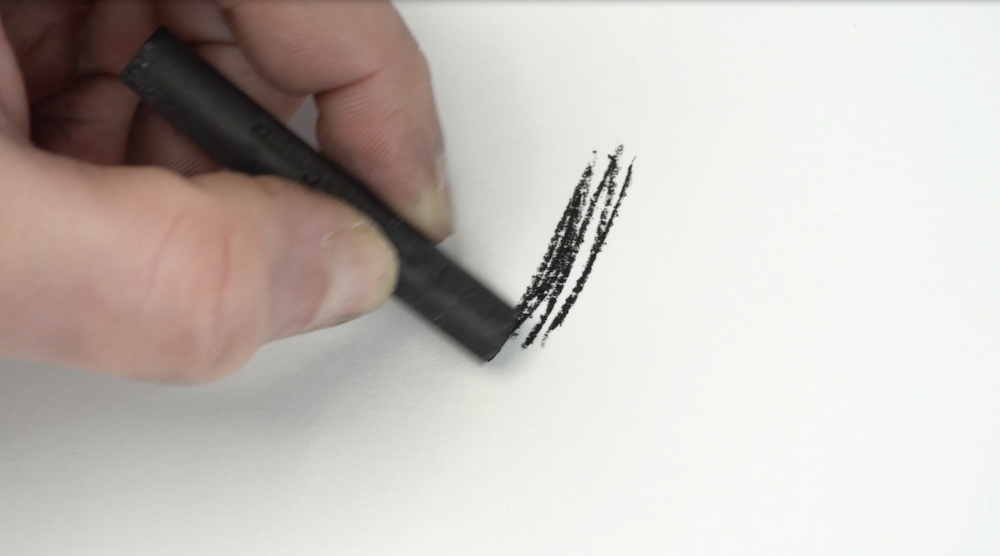
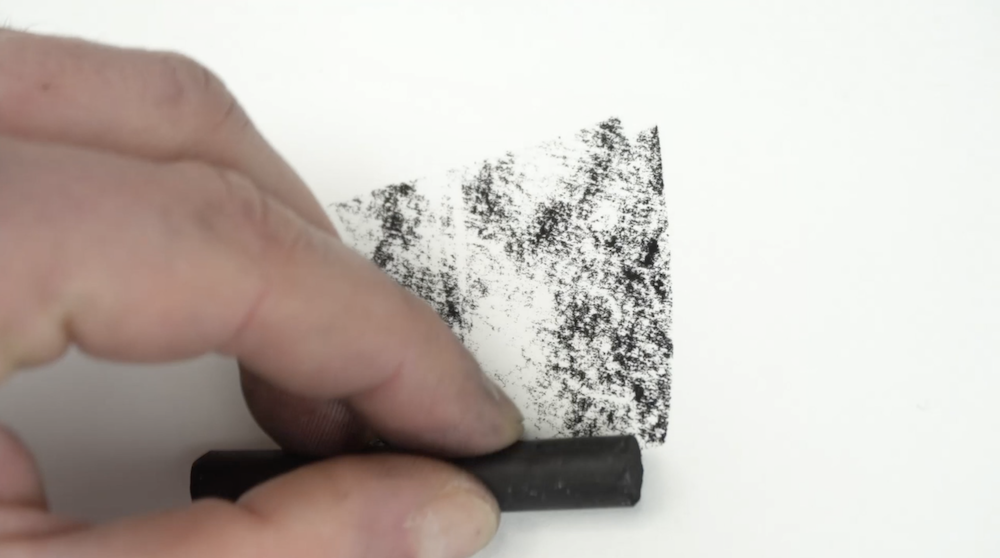
Charcoal Pencils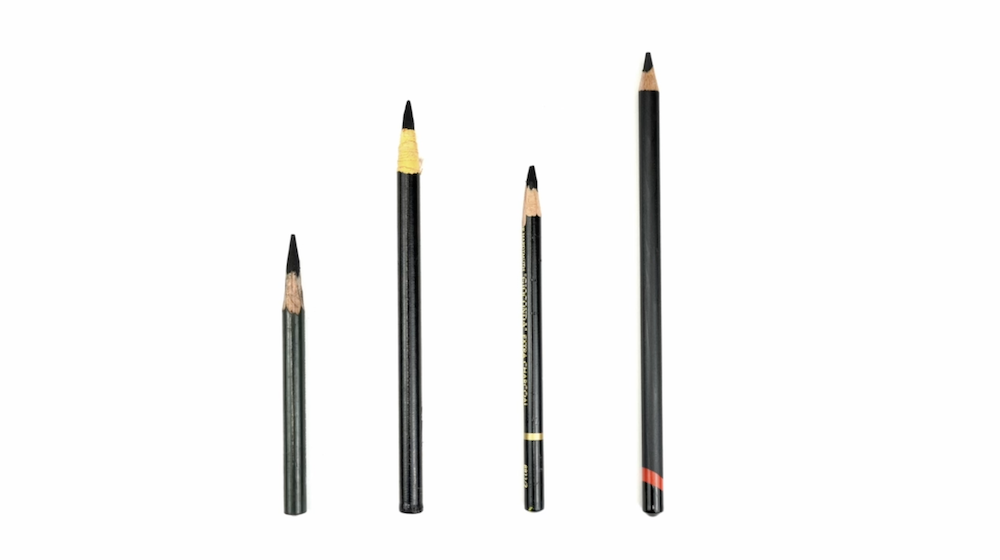
Try to experiment by holding the pencil in lots of different ways, such as holding it like a drum stick or holding it sideways. This allows us to make different marks.
Charcoal readily combines with other drawing or painting media. With other dry media, one option is to layer it on top and it can also draw very well on anything that’s dry as well, like ink or watercolour that’s dried out. Charcoal can also be rubbed into the paper and layered with lines and other marks on top.
This example by Degas uses pastel on top of charcoal that has been rubbed into the page. Charcoal goes particularly well on coloured papers, especially with a little bit of white chalk or paint.
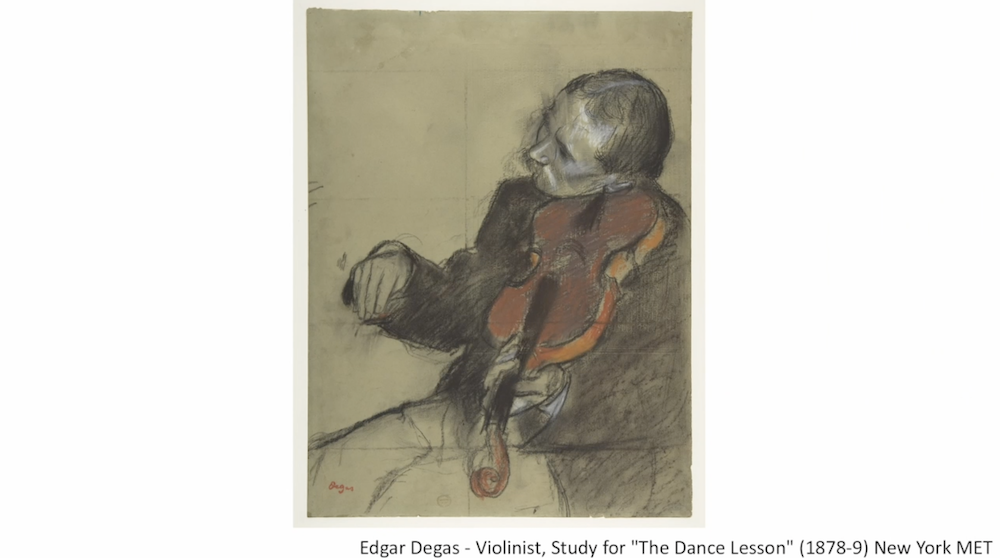
If charcoal gets wet using water or ink, it can bleed and is good for expressive effects.
Have fun experimenting and enjoy your journey of charcoal!

